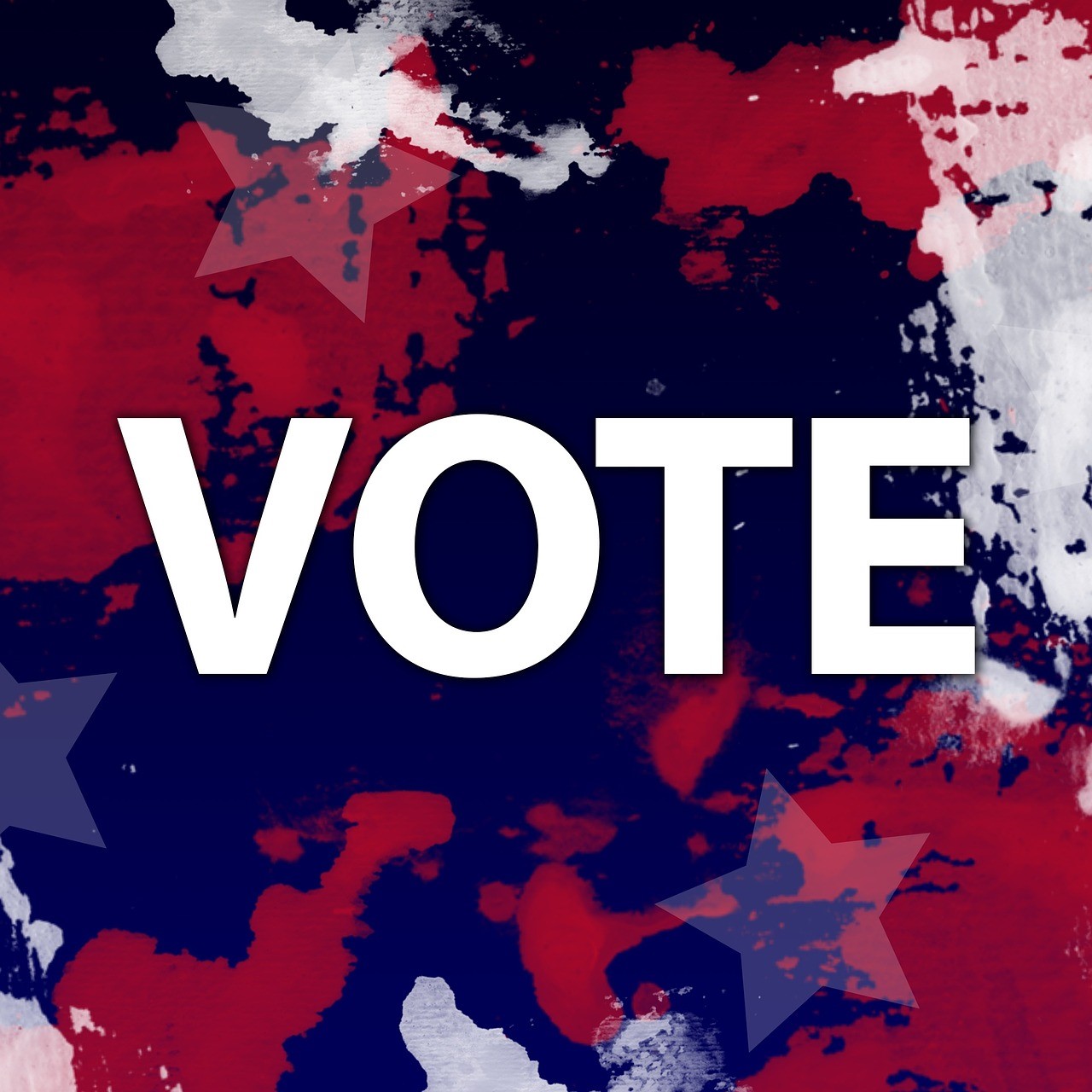The News Business and the Punch and Judy Primaries: Who Dreamed This Up?

In any democracy, the ballot box is the foundation for the serious business of choosing leaders and the process of giving citizens a role in determining the direction their country is led. The applause meter? Not so much.
Measuring people's reactions to what they see and hear, of course, is fundamental to the media's business. Ratings mean rankings, which mean advertising rates, which mean dollars. It's the Willie Sutton rule: counting claps, eyeballs, and clicks is all about the money. But choosing presidential candidates based on whether they deliver laughs like Mel Brooks, best Bill Maher in opponent-skewering satire, or out-shout everyone else on stage makes as much sense as voting based on their hat size. Unfortunately, it's what the 2020 primaries are about to do.
Take Senator Bernie Sanders, his current front-runner status, and his "momentum," ascribed by the commentariat toward victory as the Democratic presidential nominee. Reinforced by Sanders' "win" in the latest debate, those judgments reflect his primary performances in Iowa, New Hampshire, and Nevada. Among the total population of the three states (7.5 million), there are 4.8 million registered voters. Some 156,000 of them voted for Sanders in the three primaries. That's 2 percent of the total who could vote. As for the United States, registered voters in the three states represent 2.5 percent of all Americans who are registered to vote.
In a country where presidential campaigning now begins with Inauguration Day and runs for the next four years, to be shocked that a multibillion-dollar political industry would spawn a perpetual showtime to entertain the crowd would be naïve. Donald Trump delivering a stump speech this week in a cricket stadium north of Mumbai, India, packed with 100,000 cheering, if bewildered Indians is the obvious reductio ad absurdum. If political silliness, such as Trump's election rally in India, were the only effect of the perpetual campaign, it would be bad enough. But it's also done something worse.
Like the Silicon Valley giants that have fostered legions of symbiotic software makers whose businesses depend on serving the needs of big tech, the financial tsunami that fuels the 24/7/365 campaign has made the Fourth Estate — the news — the political industry's handmaiden. Think of the remora fish that swim tucked under sharks to gobble up tidbits when they chomp their prey; broadcast, cable, and web news outlets cling day and night to the political drama like a remora fish, no matter its nonsensical content. The consequences are washing any trace of serious politics right down the drain.
Consider the reporting on the Democratic Party's primaries, where the candidates have been hustling from VFW dining halls in Dubuque to fat cat French wine and brie fundraisers in Beverly Hills for months on end. Some might point to the back-to-the-future features of their 21st Century campaigns: living room gatherings; pressing the flesh; enthusing about healthcare promises or the environment before small and big-time donors; and talking with the local papers' reporters to bring their message down-home. It's retail politics at the grassroots, as it always has been, they would argue.
Fair enough. But how much of the candidates' reception on the ground — such as their nitty-gritty talk with voters, much less the substance of what they say in such old-fashioned settings — actually makes the news? The answer: Save for the major national newspapers that periodically write long-form stories, almost none. Instead, the so-called analysis, consensus judgments, and commentary that fill broadcast, cable, and online news are virtually all defined by the campaign's spectacle, not substance. The primary debates are the case in point, as is their influence in skewing what matters about the candidates and their campaigns.
A look at their impact on the news media's conventional wisdom is instructive. Nate Silver's FiveThirtyEight, a publication that has claimed a national niche for statistical legerdemain, offered a snapshot after the January debate. Among its data points: who spoke most, mentioned Trump most often, and dwelled most heavily on various issues, such as healthcare or foreign affairs. Vox did a more conventional analysis of the Las Vegas debate this month, proclaiming "winners and losers," opining on the racial and ethnic visuals of the all-white candidate lineup, and dissecting their apologies, spitting and hissing over salient moments for the contenders and, presumably, the country.
To be sure, in their post-game analysis, Silver's website and Vox are not alone in focusing on irrelevant minutia. And for some — say, high school debate coaches or maybe Samoan-Americans pining for one of their own on stage — their fine-grained assessments of the debaters' visuals, shticks, and rhetoric may have had some value.
But, for anyone considering what's important in choosing a president — for instance, their knowledge, record, experience, proposals and how they defend them — the glitzy, gameshow sets, reality TV repartee, and one-liners were useless. Or worse.
For the majority of Americans who get their news from broadcast and cable media, the commentary and coverage of the nine Democratic debates since June have created an Alice in Wonderland narrative. The primaries, obviously, are about culling the field, and Super Tuesday, when 16 states vote on March 3, will do so big time. But even here, debate performances have loomed disproportionately large in the media's depiction of the candidates' prospects, as have the overanalyzed results in unrepresentative geographies such as Iowa and New Hampshire (each over 90 percent white) that simply don't reflect the country's makeup today.
The facts about Sanders' mojo with a far more diverse electorate will sort themselves out next week when states comprising 40 percent of the U.S. population hold their primaries. Nonetheless, the media's depiction of the campaign, including the lack of substantive coverage, and its analytically dubious anointments of winners and losers will have had its effects on all the contenders. The foolishness and faux narrative created around the primary debates, similarly, will have played their part.
In The Boys on the Bus, the superb story of the press and its coverage of the 1972 presidential campaign that pitted Richard Nixon against Senator George McGovern, Timothy Crouse put it this way: "The reporters attached to George McGovern had a very limited usefulness as political observers by and large, for what they knew best was not the American electorate but the tiny community of the press plane, a totally abnormal world that combined the incestuousness of a New England hamlet with the giddiness of a mid-ocean gala and the physical rigors of the Long March."
The Nixon-McGovern campaign predated cable news and the web, a far cry from today's information-saturated world. As they say, that's progress. Or is it — given that the political industry and its media help-mates just might have put us back on that bus once again.
For further analysis of the media's 2020 election coverage, read Jack Myers' take in " When Politics, Media, and Vaudeville Intersect: Amusing Ourselves to Death."
Don't stop now! Stay in the know with more from Kent Harrington taking a critical look into the world of media, politics, and political journalism.
Click the social buttons to share this story with colleagues and friends.
The opinions expressed here are the author's views and do not necessarily represent the views of MediaVillage.com/MyersBizNet.


